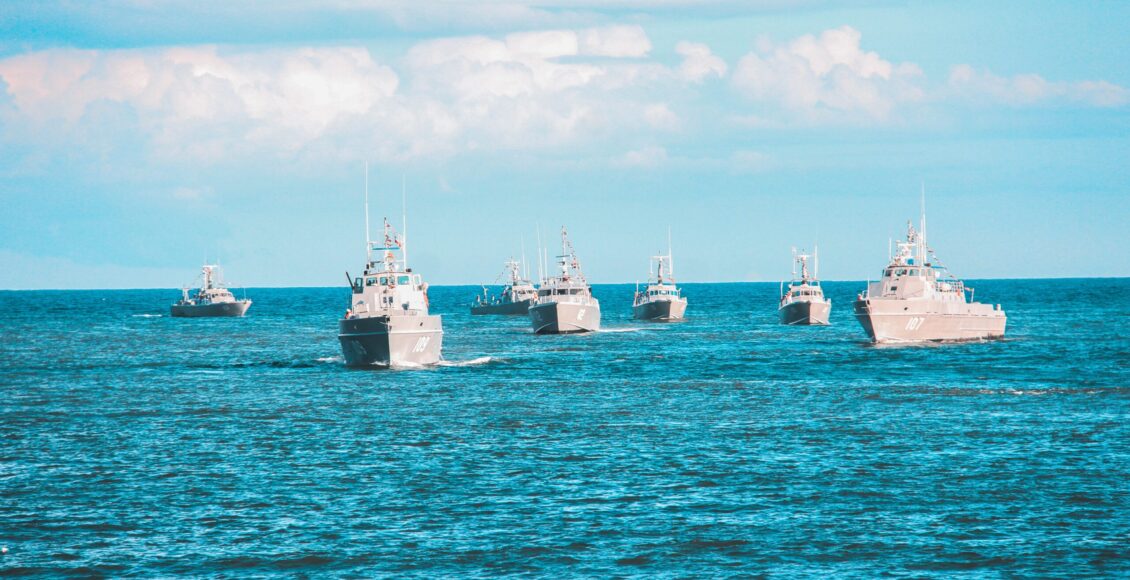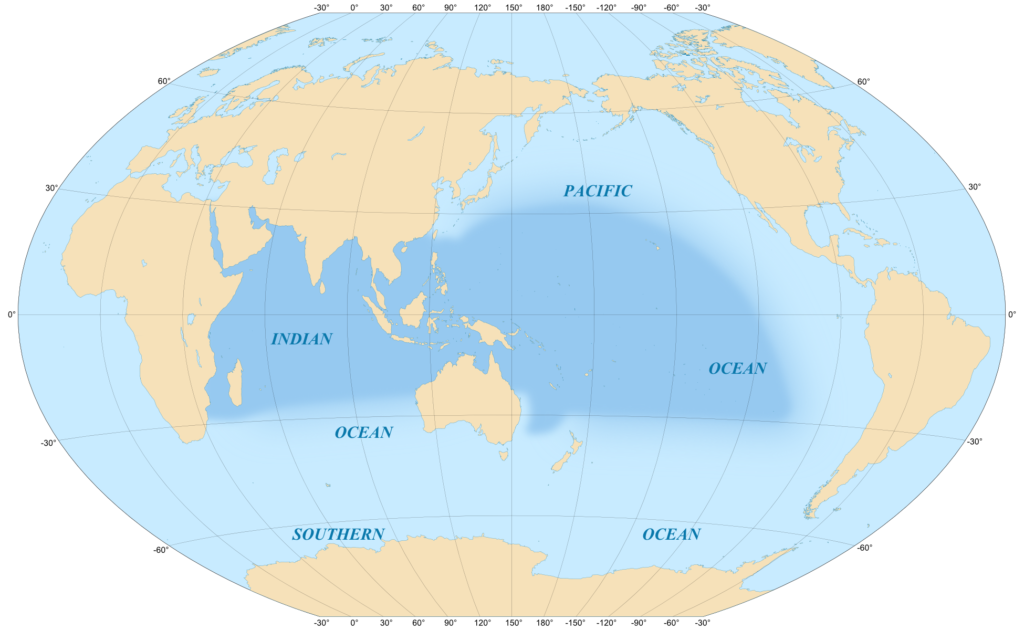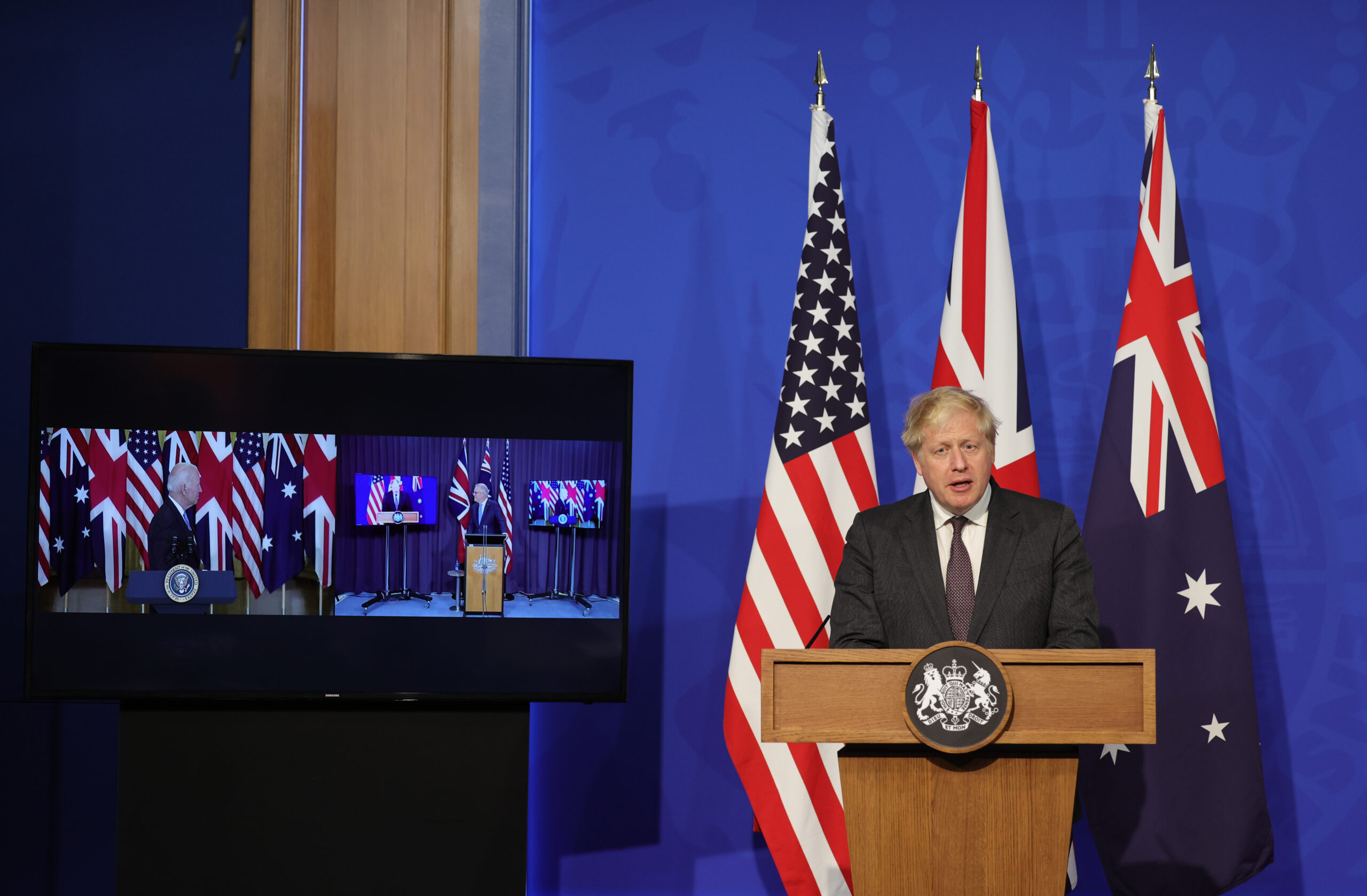New US Geopolitical Strategies: A Pivot to the Indo-Pacific

Until 2013, the United States had been intensively engaged in the Middle East for nearly two decades. After invading Iraq and Afghanistan, the US focused on liberalizing the region, dedicating its efforts to democratizing the two states. Through military deployment, agreements, and numerous investments, the United States, protecting its interests, became the strongest external power in the Middle East. However, after years of occupation that “…left policymakers—and the [American] public—exhausted,” the US is changing its geopolitical strategy. Today, the Biden administration appears to be seeking to reduce military presence in the Middle East while insisting that the US will not leave the region, even as Middle Eastern allies raise concerns that the US is now abandoning their countries. In the meantime, a new goal is emerging: reorienting US foreign policy to the Indo-Pacific.
A Pivot to the Indo-Pacific
The pivot to Asia is not a new strategy. Indeed, the Biden administration’s two predecessors had already taken an interest in the region. Former US President Barack Obama was the first to step away from the Middle East and turn U.S.’s foreign policy to Asia, with the goal of “expanding trade and investment [and] forging a broad-based military presence” while strengthening bilateral relations with China. In contrast, Trump’s main interest was building up the Indo-Pacificas into a “free, open, and inclusive” region and building a coalition based on the “Quad” of the United States, Australia, Japan, and India. This alliance would be committed to containing China and its expansion in the Pacific region. The Trump administration further laid the groundwork for America’s geopolitical interest in the region with the Asia Reassurance Initiative Act (ARIA), aimed at developing “a long-term strategic vision and a comprehensive, multifaceted, and principled US policy for the Indo-Pacific region.” Indeed ARIA calls on the US to enhance security cooperation with its allies, Japan and South Korea but also sets a guideline for good governance in the region. As envisioned by the US, this role would include the promotion of democracy and respect for human rights.

New Priorities
Although the interest in Asia is not new, the steps America takes to enhance its economic and military strategies in this region are becoming more explicit. This shift reflects the deterioration of America’s power in the Middle East and the advance of Chinese influence in Southeast Asia. While the previous administration developed the gist of the Asian Pivot’s geopolitics goals, analysts have noted that “the US Indo-Pacific policy lacked geo-economic heft.” As a result, under President Biden’s administration, the Indo-Pacific Economic Framework was proposed to support America’s economic ambitions. According to Middle East policy expert Karim Sadjapour, moving efforts and resources to Asia rather than the Middle East reflects America’s economic realities. ASEAN accounts for 7.3 per cent of all US imports, and trade with the Indo-Pacific supports more than three million jobs in the US.
The national interest of the American hegemony, which is on the verge of being displaced by an increasingly “aggressive” China, is at stake. In its 2022 report, the Whitehouse stated that “PRC’s coercion and aggression span the globe, but it is most acute in the Indo-Pacific.” Accordingly, the Biden administration sees the Indo-Pacific as crucial to maintaining America’s position as a superpower. With this in mind, the administration strives to reinforce its network of allies in the region. The US government is pointing out harmful actions taken against its partners by China, like the country’s “economic pressure on Australia to the conflict along the Line of Actual Control with India to the growing pressure on Taiwan.”
American Secretary of Defense, Lloyd Austin, explicitly acknowledged the US’s strategy of deepening “…America’s bonds with [its] allies and partners…” to assemble a united front against China based on common security and economic threats. Military efforts are also being emphasized. The US is working on deploying military resources to Guam and increasing the presence of “US air, land and sea capabilities” at Australian military installations. The trilateral security partnership AUKUS was announced in September 2021 to enhance regional alliances and defend the United States’ interests. This pact between the US, the UK, and Australia allows for sharing of intelligence related to nuclear technology. Most importantly, it would strengthen the Quad’s security arrangements in the Indo-Pacific.

The Middle East: a lesser priority
The US is now worried about the security challenges emerging with China. However, ISIS’ loss of momentum, the botched departure from Afghanistan, the signing of the Abraham Accords (which normalized Israel’s ties with the UAE), and the Israel-Morocco and Israel-Sudan normalization agreements are all reasons why the United States stopped prioritizing the Middle East. While the US appears to be disengaging, there is no question of abandoning the region. Instead, the “maximalist goals” of democracy and regional transformation that were once emphasized in the Middle East are now priorities in the Indo-Pacific. The Whitehouse strategy in the Middle East is now more narrow and targeted. It will focus only on the fight against terrorism and a nuclear deal with Iran or the state’s isolation. This common enemy policy against Iran lays the groundwork for more stability and autonomy in the region and deters a vacuum for Iran, China, and Russia, to fill. The Whitehouse and Israel’s building of a security alliance with many Arab states could create a common defence system against Iran. President Biden will continue to isolate Iran by strengthening cooperation with the Gulf Cooperation Council (GCC) leaders, exemplified by the Saudi Summit of July 2022.

The geopolitical strategy of the United States is starting to become more apparent. Pivoting to the Indo-Pacific, Biden seeks to get ahead of China, create strong alliances and partnerships like the QUAD or AUKUS, and secure a viable economic position in this “vital region.” This shift in priorities will have consequences in the Middle East. Biden is aiming to step away from maximalist goals that were previously a priority in the region and are now aiming to manage “regional crises without direct military interventions.” While Arab leaders point to this as a total disengagement from the Americans, these more narrow actions remain perennial guarantees of the presence and commitment of the United States in the Middle East, alongside its agenda in the Indo-Pacific.
Featured image: “Navy ships” by Asael Peña is licensed under Unsplash.
Edited by Rory Daly
